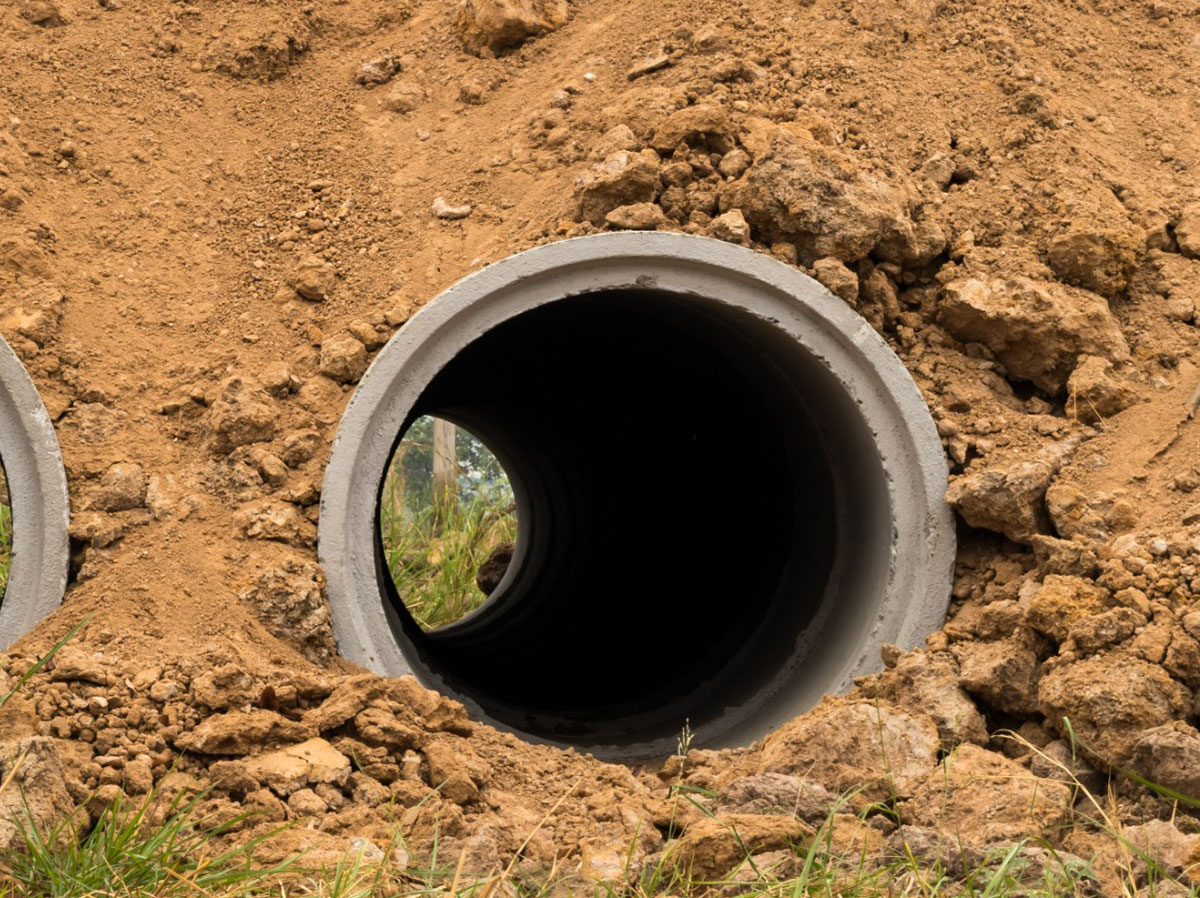Seasoned Tree Removal for Residential Or Commercial Property Security
Seasoned Tree Removal for Residential Or Commercial Property Security
Blog Article
Culvert Installation Made Easy: Step-by-Step Guide for Success
From selecting the appropriate culvert dimension to incorporating appropriate drain steps, each step in the installment procedure plays a critical duty in the performance and durability of the culvert system. Stay tuned to reveal the essential actions and considerations that can make culvert installation a smooth and successful venture.
Choosing the Right Culvert Size
Picking the proper culvert size is critical for making certain effective water flow and architectural stability in culvert installment tasks - Pad Construction. The size of the culvert straight affects the flow ability of water through the framework. A culvert that is as well small can cause flooding and overflow, while one that is too big may cause reduced water rate, potentially causing sediment buildup and obstructions
To determine the appropriate culvert size, aspects such as the watershed location, top circulation rates, and hydraulic performance need to be carefully taken into consideration. Computations based upon these parameters aid in picking a dimension that can sufficiently take care of the anticipated water quantity while reducing the danger of clogs and structural failure.
It is important to get in touch with engineering guidelines and requirements to make certain that the chosen culvert dimension satisfies the task requirements and regional laws (Pad Construction). By selecting the best culvert size, task supervisors can optimize water flow, stop prospective problems, and boost the total effectiveness and longevity of the culvert installation
Preparing the Installation Site
Effective culvert setup necessitates careful preparation of the setup site to make certain ideal structural assistance and performance. Before starting the setup process, it is vital to remove the site of any kind of debris, plant life, or obstructions that can hamper the culvert's placement.
In addition, it is essential to take into consideration factors such as soil structure, groundwater degrees, and environmental impacts when preparing the setup website. Performing an extensive website analysis can assist recognize any potential difficulties or dangers that might impact the culvert's efficiency. By putting in the time to prepare the installation site properly, you can assist guarantee a successful culvert setup that satisfies structural demands and makes sure long-lasting performance.
Putting the Culvert Appropriately

The grade at which the culvert is placed is crucial for maintaining a proper slope for water circulation. In addition, the culvert needs to be oriented appropriately to guarantee that the inlet and outlet are in the proper locations. Pad Construction.
Backfilling and Condensing the Dirt
Proper backfilling and compaction of the dirt find out this here around the culvert is vital to ensure security and avoid possible issues in the future. When the culvert is correctly put, the following vital step is to backfill the area around it with ideal product.
After putting the backfill product, it is essential to portable it in layers of uniform density. Making use of a compactor or a mechanical tamper, small the dirt gently to prevent harming the culvert. Compaction helps in decreasing the opportunities of settlement and makes sure consistent support around the culvert. It is important to portable the dirt equally on all sides of the culvert to maintain its structural stability.
Correct backfilling and compaction not just provide stability to the culvert but likewise aid in avoiding soil erosion and preserving the durability of the culvert system.
Making Sure Correct Drainage Integration
Integrating effective drainage services plays an essential function in the general performance and durability of culvert setups. Appropriate drain integration is important for managing water flow, preventing erosion, and ensuring the architectural stability of the culvert system. To accomplish this, it is important to develop an extensive drainage strategy that takes into consideration factors such as the quantity of water anticipated, the topography of the location, and the sort of dirt present.

In addition, incorporating features advice like erosion control procedures, such as riprap or plant life, can better enhance the effectiveness of the drain system. By very carefully intending and applying these water drainage solutions, culvert installations can function efficiently and endure the test of time.
Conclusion
In final thought, appropriate culvert setup is important for preserving effective drain systems. By choosing the best culvert size, preparing the setup website, positioning the culvert properly, backfilling and condensing the dirt, and guaranteeing correct water drainage combination, success can be accomplished. Complying with these steps will aid ensure the longevity and performance of the culvert, inevitably contributing to the overall success of the drainage system.
Report this page